25 Memorable Things From Our Trip to Korea (Part 2)
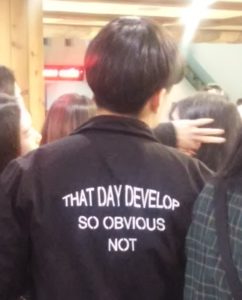 The Lexplorers Team recently spent 2 weeks in Korea, and we came up with a list of 25 memorable things from our trip (here is Part 1). One of our favorite things from the trip that didn’t make the list was reading the English that we saw on Korean clothes. Clothes with writing are not nearly as common as in the US, but we found the English to be much more entertaining. For example, we saw two different people wearing “Jesse Jackson for President 1988” T-shirts; so now we know where old campaign shirts get dumped when the candidate drops out of the race. But the most entertaining were the shirts with seemingly random English phrases, such as the almost poetic “That Day Develop. So Obvious. Not.”
The Lexplorers Team recently spent 2 weeks in Korea, and we came up with a list of 25 memorable things from our trip (here is Part 1). One of our favorite things from the trip that didn’t make the list was reading the English that we saw on Korean clothes. Clothes with writing are not nearly as common as in the US, but we found the English to be much more entertaining. For example, we saw two different people wearing “Jesse Jackson for President 1988” T-shirts; so now we know where old campaign shirts get dumped when the candidate drops out of the race. But the most entertaining were the shirts with seemingly random English phrases, such as the almost poetic “That Day Develop. So Obvious. Not.”
In the first post about our trip, we looked at the first 13 of our 25 memorable things. Today we will look at the second dozen, also in no particular order:
- Stuff on a Stick
- TMoney
- Pedestrian safety
- Showers
- Toilet controls and variety
- Sinks and drains
- Raccoon cafe
- Wedding meal entrance ticket
- School pressure
- Shirt fridge
- Incheon Airport has 2 terminals
- Yongyu is the anti-Seoul
Stuff on a Stick: Our experience with food in Korea was certainly one of the most memorable aspects of the trip, and it warrants a separate post with lots of pictures and details. The quick summary is that we tried and (mostly) enjoyed all kinds of new food. We also had an exasperatingly recurring challenge trying to explain that pork is in fact meat and is not vegetarian. But the most memorable food experience was definitely the Korean tradition of Street Food, or Stuff on a Stick as we affectionately referred to it. Stuff on a Stick stands are everywhere, and they sell a dizzying variety of, well, stuff on sticks. There are simple sausages, but there are also sausages coated in fried potato chunks and other mystery batters. There are hunks of meat in colorful marinades. There are fish cakes and cheese logs covered in fish batter. It is all cheap and convenient and tasty (if you like such things).
TMoney: The essential item in our pocket throughout our visit was a TMoney card. This single card can be loaded with money (in any subway station or at any 7-11 store) and used for a huge range of purposes. We only used it for the subway in both Seoul and Daegu, but it can be used as a debit card in stores and taxis.
Pedestrian Safety: There were two notable features about being a pedestrian in Korea. The first is that every sidewalk and every walking path has a bumpy yellow line in the middle to assist visually-impaired pedestrians. Which made us initially think that Korea must be very pedestrian friendly. But we quickly realized this is not at all the case, only that Korea has a widely-followed requirement that all sidewalks need to have this bumpy yellow line. Otherwise there is no protection at all for pedestrians. Cars do not stop for pedestrians in crosswalks, even when you have the Walk signal at an intersection. Many busy streets do not even have crosswalks. Sidewalks can be cluttered with food stands, parked vehicles, construction equipment, and trash bags. But the biggest hazard for pedestrians must be the scooters that speed recklessly on sidewalks and through crowded markets.
Showers: In English, there are two main meanings of the word shower: it could be a water source in a bathroom (often also inside a tub) that you stand under to get clean, or it could be a light rain storm. In Korean bathrooms, both senses are merged and the water source you stand under is also a rain storm that sprays the entire room. Every Korean bathroom that we saw had a shower with little or no barrier between the water and the rest of the room. No shower curtain, no enclosure, no wall, and no tub to contain the water. The floor was usually sloped toward a drain, but that did not prevent the water from first going everywhere. In one of our hotels the shower was next to the toilet, so a 2 minute shower also soaked the toilet paper. We usually ended up rolling up all our used towels on the floor to try to build a dam in order to contain the water somewhat.
Toilet controls and variety: Before we went to Korea, we thought toilets were pretty simple. They all pretty much look the same, and there is only one thing that could possibly be called a “toilet control” and that is the flush lever. But in Korea we learned that toilets are not simple at all. We mentioned in Part 1 that we were impressed with the ubiquitous and clean public bathrooms in Korea; but within the public bathrooms there was an interesting range of clean and practical options. For example, one ladies’ room had a mini urinal so that a mom could bring a boy in with her and not need to both cram into a single stall. Many larger restrooms had both regular (sitting) toilets and squat toilets, and the stall doors had clear signs or pictures so you could easily find which one you wanted. And like everything else that we saw in Korea, the squat toilets were clean and well-maintained. As for toilet controls, we learned that modern toilet control panels require a dozen buttons for optimal toilet enjoyment. There are buttons that cause water to be sprayed up (like in a bidet), and there are buttons that cause water to be sprayed sideways. There are buttons that cause air to blow up. There are buttons to heat the seat. And there are several buttons that we never quite figured out.
Sinks and drains: Not to seem obsessed with plumbing, but as a traveler it is definitely something you notice and remember. We saw some pretty funky plumbing in Korean restaurants and hotels. Now, these were nice restaurants and hotels, clean and clearly well-maintained; they were not rundown dives. However, in one restaurant bathroom, the sink was not connected to the drainpipe; when we washed our hands the water just dropped out the bottom of the sink, fell 12 inches, and mostly landed in the pipe (but partly also on our shoes). In one of our hotel rooms, the sink drained directly into the adjacent shower area, so when we brushed our teeth we could watch the white water run out onto the floor of the shower. In a similar setup in one restaurant bathroom, the sink drain simply dumped the water onto the floor, where it eventually ran into the floor drain in the corner. Soap also seems to be an optional item in some bathrooms: a crusty old bar is the best you can often expect.
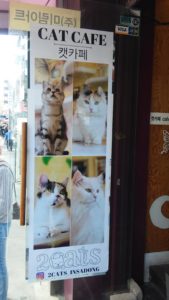 Raccoon cafe: House pets are not very common in Korea, so people do not often have the opportunity to be around animals. This has created demand for cafes where you can go and hang out with cats, dogs, and other animals. The cafe will have animals inside, and you pay an entrance fee for the privilege of sitting in the cafe with the animals. You can drink a coffee and pet a dog or cat, or you can just watch. Personally, we see cats and dogs all the time, so on our trip to Korea we took the opportunity to visit a Raccoon Cafe (“Racoona Matata”). We figured, when else would we have the chance to pet a raccoon and have it sit on our lap? As it turned out, the raccoons weren’t quite as tame as cats. They were pretty good at stealing food from the customers and even seemed adept at getting into backpacks. And raccoons haven’t quite figured out the litter box, as one of us (who wishes to remain nameless) discovered when the raccoon on his lap decided he really had to go. So he can now check off “Get pooped on by a raccoon” from his bucket list.
Raccoon cafe: House pets are not very common in Korea, so people do not often have the opportunity to be around animals. This has created demand for cafes where you can go and hang out with cats, dogs, and other animals. The cafe will have animals inside, and you pay an entrance fee for the privilege of sitting in the cafe with the animals. You can drink a coffee and pet a dog or cat, or you can just watch. Personally, we see cats and dogs all the time, so on our trip to Korea we took the opportunity to visit a Raccoon Cafe (“Racoona Matata”). We figured, when else would we have the chance to pet a raccoon and have it sit on our lap? As it turned out, the raccoons weren’t quite as tame as cats. They were pretty good at stealing food from the customers and even seemed adept at getting into backpacks. And raccoons haven’t quite figured out the litter box, as one of us (who wishes to remain nameless) discovered when the raccoon on his lap decided he really had to go. So he can now check off “Get pooped on by a raccoon” from his bucket list.
Wedding meal entrance ticket: The primary purpose of our Korea trip was for an intercultural wedding, so we would be remiss to not include a wedding item in our list. The wedding included elements from both Korean and American traditions, but one fascinating aspect was purely Korean: the post-ceremony meal entrance ticket. The traditional American wedding reception after the ceremony usually includes a meal, music, dancing, cake cutting, and speeches. Wedding ceremonies in Korea are usually also followed immediately by a meal, but it is just a meal. Most guests go to the ceremony, eat the meal, then go home. No music or dancing, no wedding cake, just a nice meal. But the interesting part is that to get the meal, you need a ticket. And to get a meal ticket, you need to give a cash “gift” to the couple before the wedding. So at the entrance to the wedding ceremony, there is a table set up with a pile of envelopes. You write your name on the envelope, slip some cash inside (anything from $10 to $1000+ depending on how well you know the couple), and hand it to the staff member manning the tables. They will take the envelope and hand you a meal ticket. Easy as that. And since this is the standard procedure, the wedding couple does not need to pay a lot upfront for the wedding hall or meal, because the wedding hall knows that the cash will just flow in. Even better, the couple gets all gifts in the form of cash on the wedding day, so they do not need to worry about how many soup tureens or bath towels they should put on their wedding registry, or which gifts they need to return to a store after the wedding.
School pressure: Since we were traveling with two Lil Lexplorers, we had the opportunity to talk to our new Korean friends about the Korean school system. Our main takeaway was that the Korean system seems excellent but really intense. Our friends told us about the pressure their kids are under to prepare for high-stakes exams. Almost all students go to extra classes after school, and they have little or no time for playing or fun. A common theme among the Korean-American parents we met in Korea was the decision about whether to stay and have their kids go to Korean schools, or whether to go to the US and have them go to American schools. All of them seemed to think the Korean system was better in general but that the kids would be under perhaps too much pressure if they stay. We have heard similar in the US from Korean families who came initially for a year or two but decided to stay rather than go back to the Korean schools. The Korean system definitely has higher expectations: one Korean student that went to elementary school in our town for 3 years had to repeat a grade when she returned to Korea because she was already a year behind her peers.
Shirt Fridge: When we surveyed our hotel room in Daegu, we saw two boxy white appliances. One was obviously a mini refrigerator, but we had not idea what the other was. It was tall and thin and looked like a fridge, albeit narrower. There were several inscrutable buttons on the front, as well as lots of warning messages (in Korean). We opened it up and there were shirt hangers inside. A Shirt Fridge?! No, it ended up being a clothes steamer. We did need to iron some clothes before the wedding, and there was no actual iron, so we experimented with the Shirt Fridge. With a little trial and error we did succeed in steaming all the wrinkly shirts and pants that we needed. An iron would have been much quicker and easier to figure out, but the Shirt Fridge was fun to play with.
Incheon Airport has 2 terminals: Our experience with Incheon Airport also warrants a separate post with lots of details. But easily the most memorable aspect of our airport experience was that, between the time that we booked our tickets and the time that we flew to Korea, Incheon Airport opened a second terminal. All the guidebooks and all the information we had read before our trip referred to “The Terminal,” and all our maps and plans revolved around getting to and from “The Terminal.” But “The Terminal” ended up being Terminal 1, and we arrived instead at Terminal 2. In most airports with multiple terminals, they are just different buildings right next to each other, connected by walkways or short shuttle bus rides. For some reason, Incheon Airport’s new Terminal 2 is several miles away from Terminal 1; the free shuttle bus ride between terminals takes a full 20 minutes. All the airport hotels and transportation infrastructure centers on Terminal 1. This will likely all change eventually, but for now the new Terminal 2 should be considered a completely separate airport.
Yongyu is the anti-Seoul: We had an early morning flight out of Incheon Airport, so we decided to stay the previous night near the airport. We saw that there was a new free maglev monorail service from The Terminal (see above) to the beach town of Yongyu, and we thought spending our final night in Korea next to the beach would be nice, so we booked a hotel in Yongyu. Having enjoyed the clean and shiny city of Seoul, we expected Yongyu to be a similarly clean and vibrant town but with a sandy beach thrown in. We exited the Yongyu monorail station and instead found the anti-Seoul. In the 5-minute walk to our hotel, we passed rundown shacks, grubby restaurants, building debris, and piles of garbage. The front of the hotel itself smelled like a corpse was hidden in the bushes, and there was construction of some sort going on the entire night. The beach, when we finally found a path to reach it, had more trash than sand. In all, it was a disappointing final stop in our Korea trip. The only positive was that we did end up watching a beautiful sunset over the Yellow Sea.
Share this Lexplorers post:

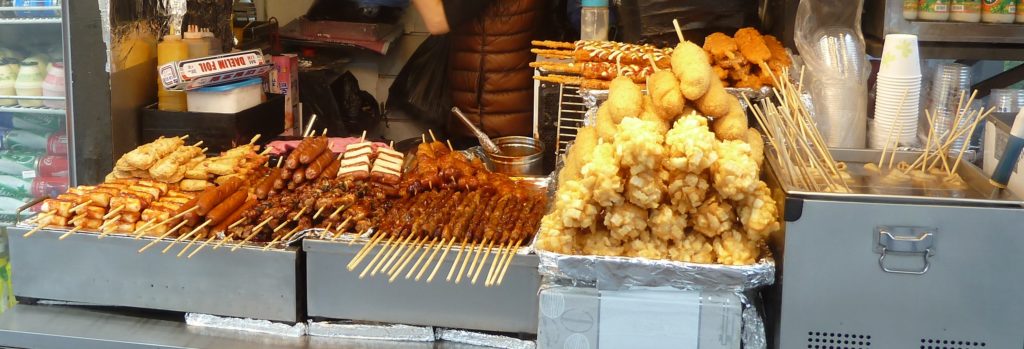
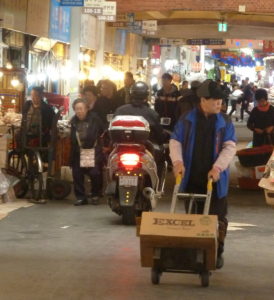
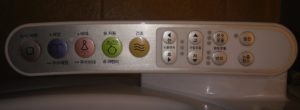
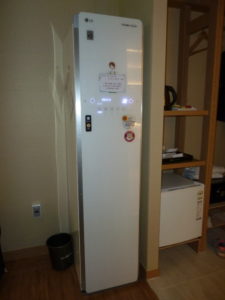
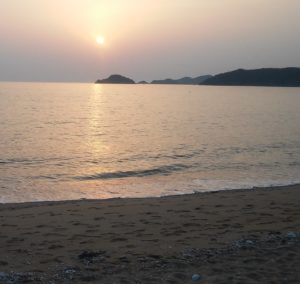
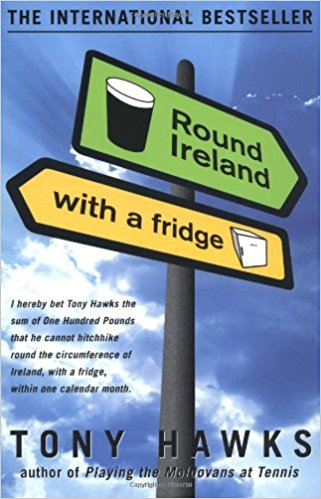
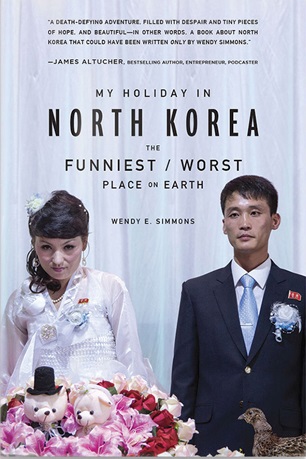
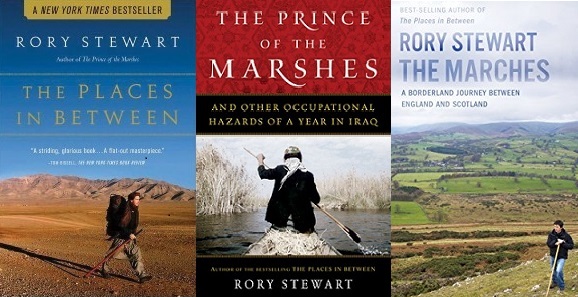
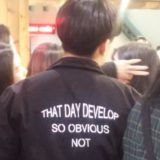
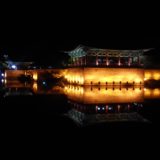





I want one of those shirts and pants steamer! I didn’t know it exists! I have always wondered when will someone figure out an improvement to the iron and now I know. Thanks for sharing!
Great report! We liked a bird cafe in old Seoul.